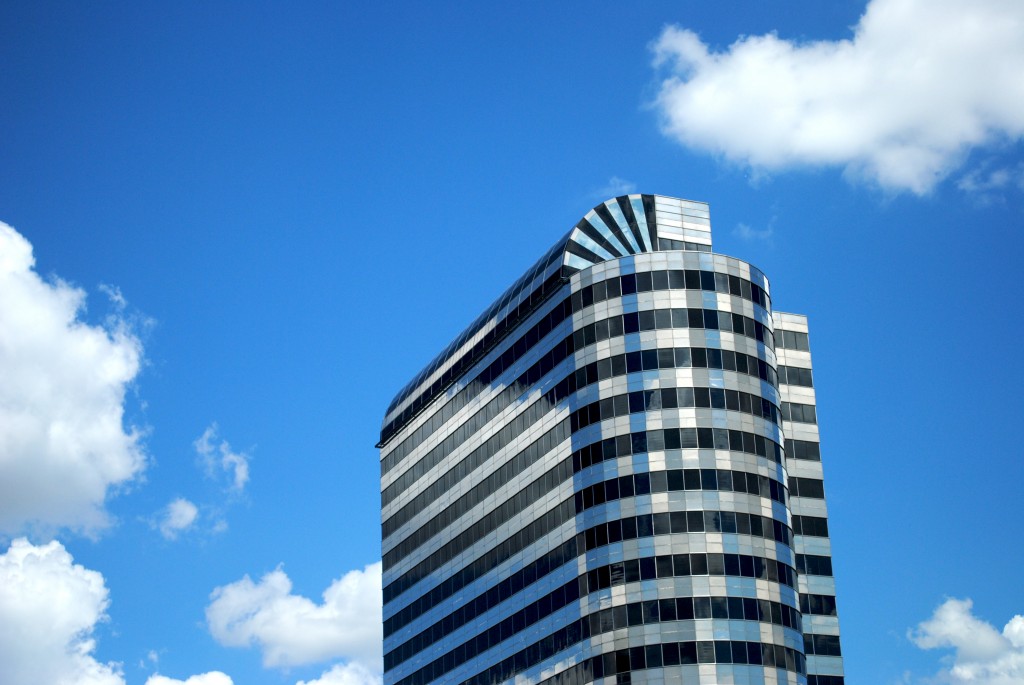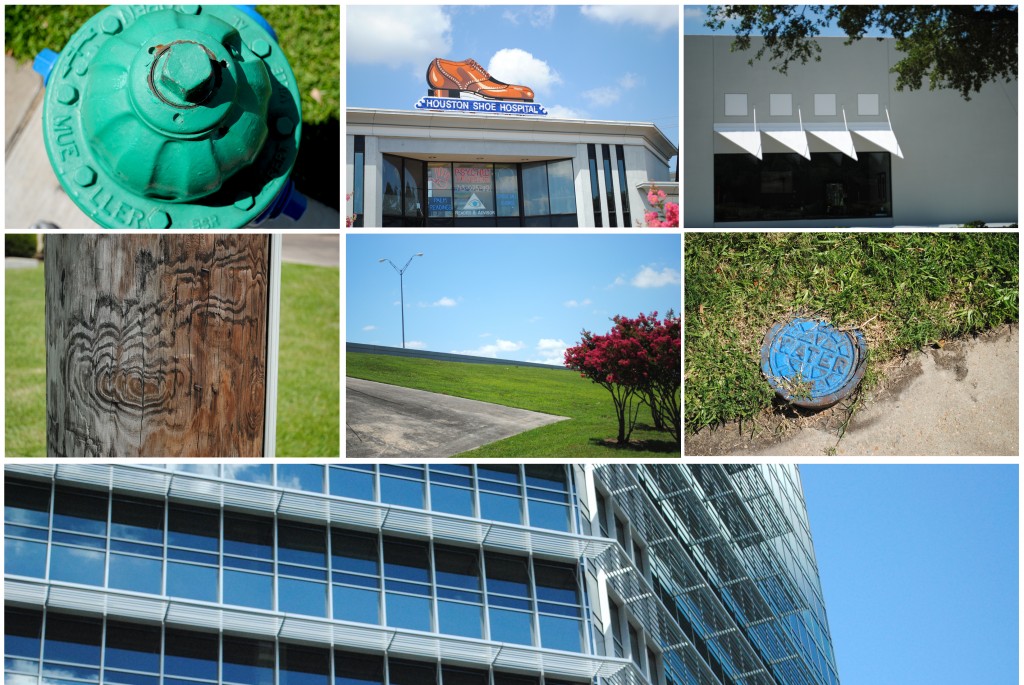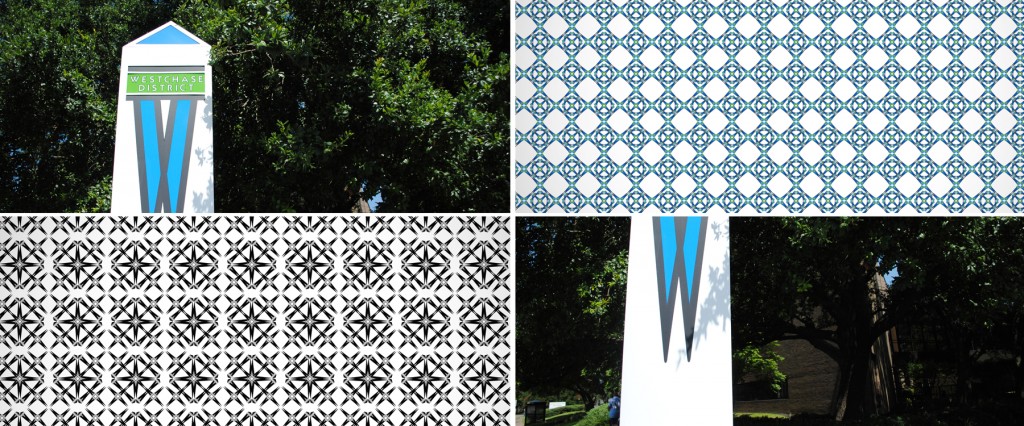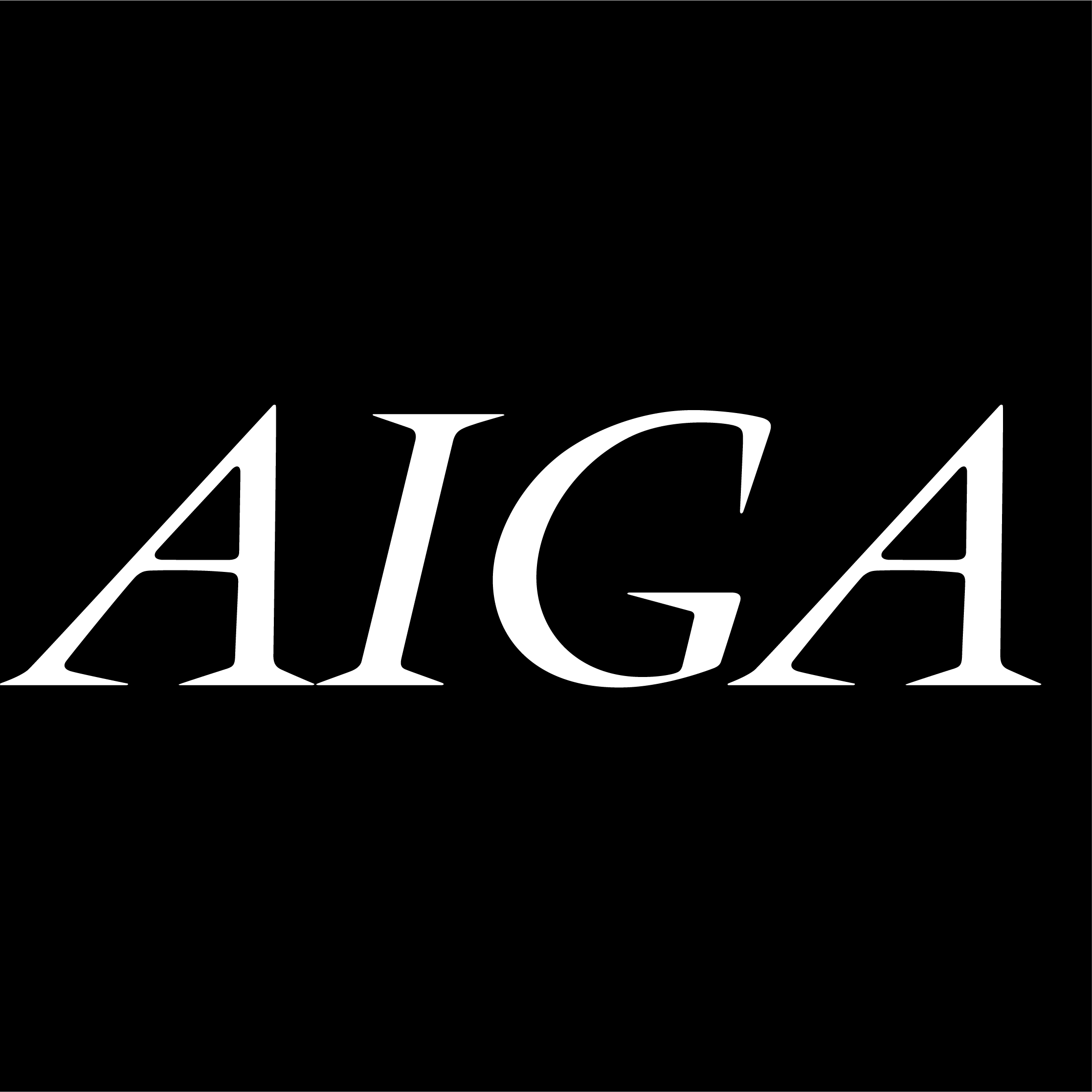
If I were to ask you how well you knew your city what would you say? Maybe the year it was established? Or the names of all the major streets? Well, how about something a little more unconventional like what typeface the downtown building could evoke, or what pattern the city’s fire hydrants can create? The latter set of answers being a much more unorthodox way of viewing a city, but definitely demonstrating greater depth and a better understanding of one’s place.

Our city has accumulated such an incredible amount of information that it has the potential to create its own language. It holds a large mass of people with different lifestyles and passions constantly adding and subtracting to the landscape in order to satisfy their needs.
Within these layers we can extract a variety of shapes and forms , and reinterpret them into visual systems of communication. Atypical dialogues created by the city’s manufactured forms allows us to view our idiosyncrasies as a community and individuals.
However, in order to establish a connection between our past, present and possible future we must become proactive and like Tony Hiss, author of The Experience of Place, wrote: “[perceive] our everyday surroundings in a new way.”

Pattern variations created from Westchase District poles
In this series I will be documenting, deconstructing, and finally reinterpreting Houston’s forms and structures through the creation of type and patterns taken from our gathered information. All in the hopes of encouraging creativity and nurturing a better understanding of our city’s language.
Stay tuned!




